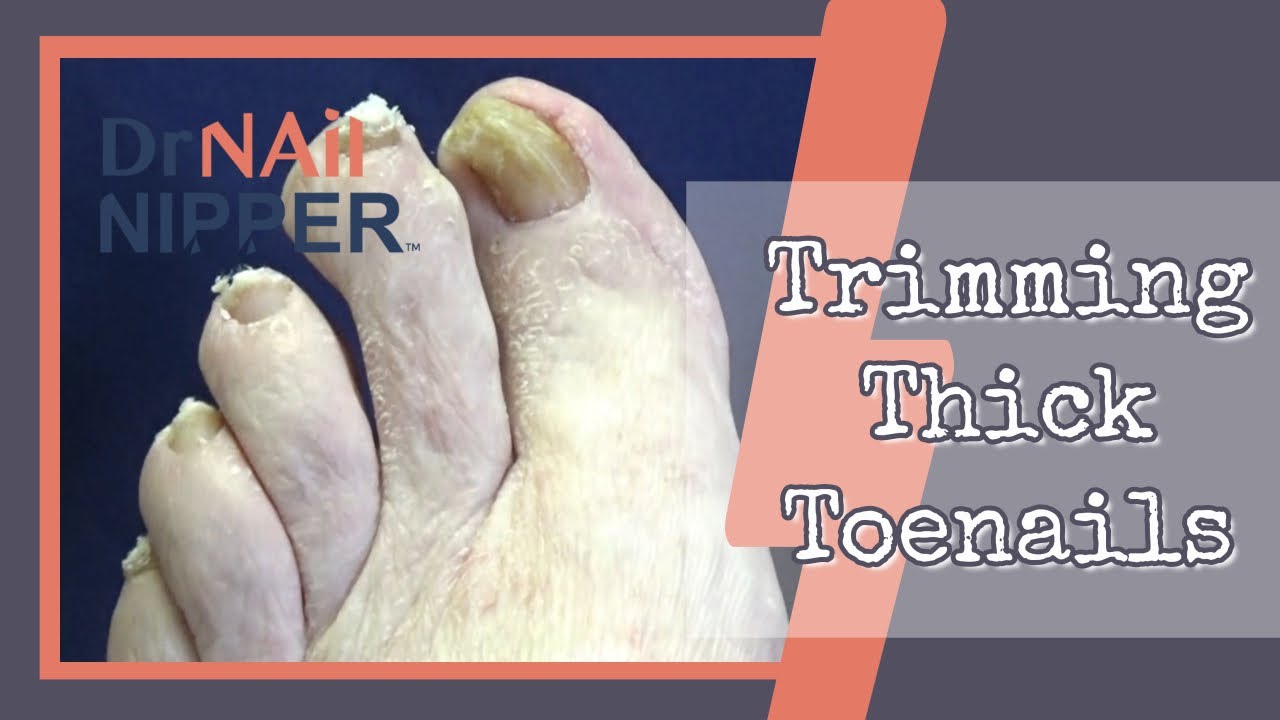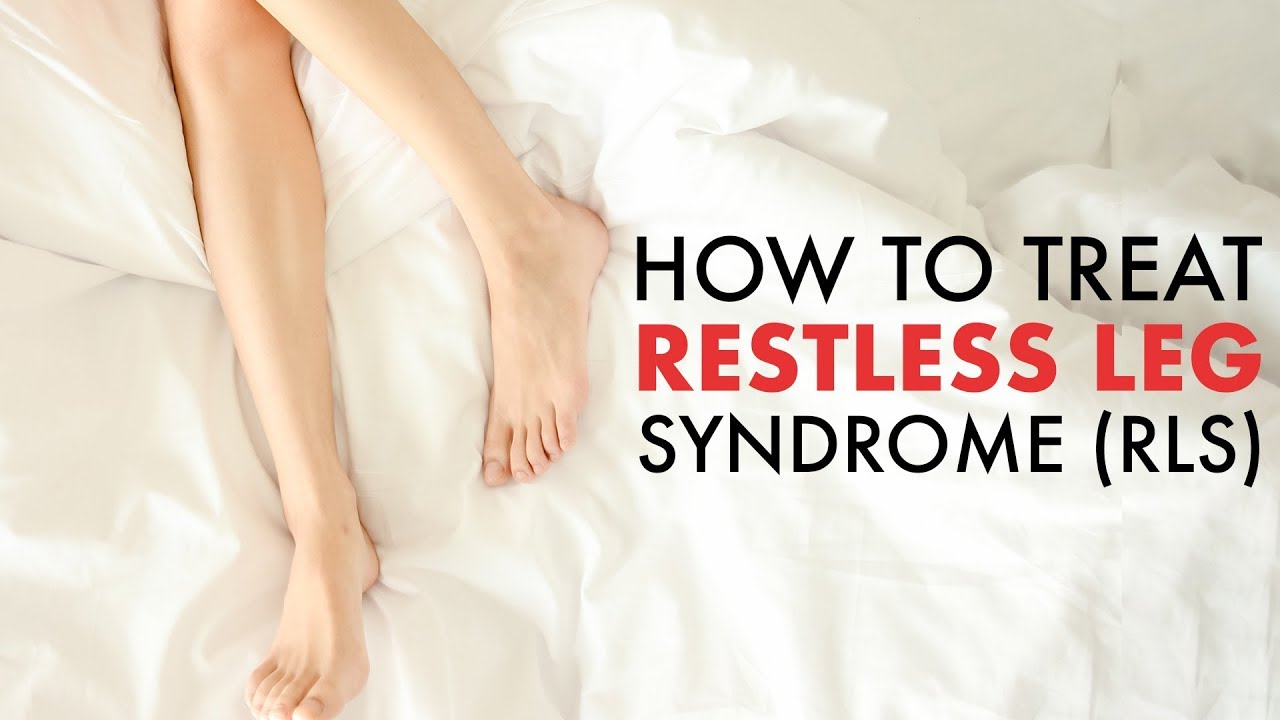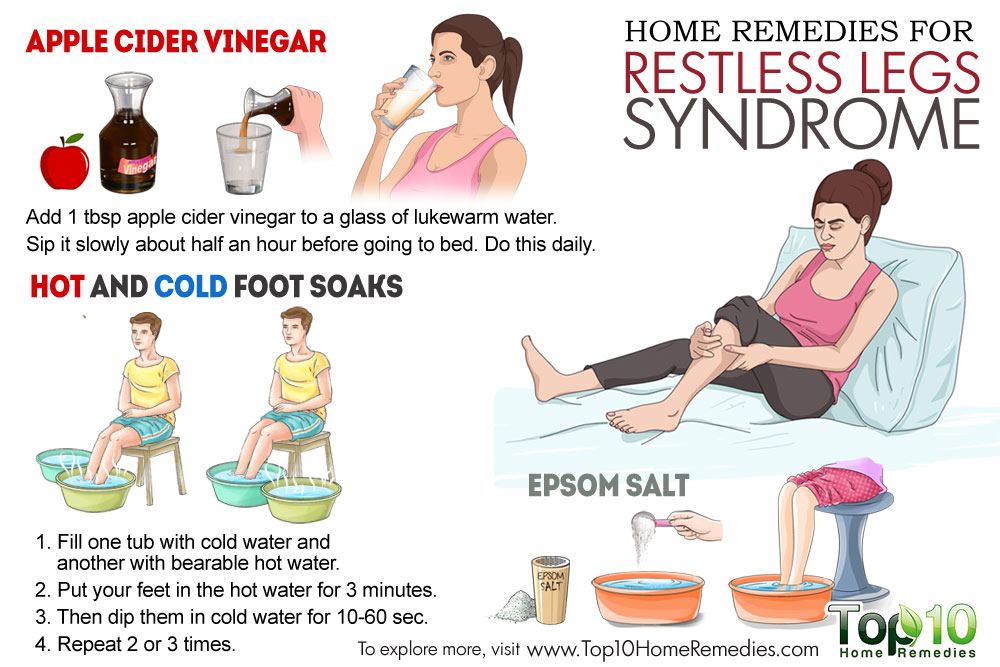Shin splints are a common condition that affects many athletes and people who engage in physical activity regularly. They are characterized by pain and discomfort along the shin bone or tibia, and they can be caused by a variety of factors, including overuse, improper footwear, and biomechanical imbalances. If you’re suffering from shin splints, it’s important to take steps to prevent them from happening in the future. In this article, we’ll discuss some tips on how to stop shin splints forever.
Rest and Recover :
If you’re experiencing shin splints, it’s important to take a break from any activity that causes pain or discomfort. Continuing to train through the pain can lead to further injury and delay the healing process. Rest is essential for the recovery of your shin splints.
Ice:
Icing your shins can help reduce inflammation and alleviate pain. Apply an ice pack to the affected area for 15-20 minutes at a time, several times a day, until the pain subsides.
Stretch:
Stretching is important for preventing and treating shin splints. Stretching exercises can help improve flexibility, increase circulation, and reduce muscle tension. Stretch your calf muscles, hamstring, and quads to improve your shin’s mobility and flexibility.
Proper Footwear:
Wearing the right footwear can help reduce your risk of developing shin splints. Make sure your shoes are the right size, have good arch support, and provide adequate cushioning.
Orthotics:
Orthotics are custom-made shoe inserts that can help correct biomechanical imbalances that may contribute to shin splints. If you’re prone to shin splints, consider getting fitted for orthotics by a healthcare professional.
Strengthening Exercises:
Strengthening your calf muscles, glutes, and core can help improve your overall biomechanics and reduce your risk of developing shin splints. Incorporate strength training exercises into your routine, focusing on exercises that target the muscles in your lower legs, hips, and core.
Gradual Progression:
One of the most common causes of shin splints is doing too much, too soon. Make sure to gradually progress your training program and avoid sudden increases in intensity, duration, or frequency. Aim to increase your mileage or training volume by no more than 10% per week.
Cross Training:
Cross-training is a great way to reduce your risk of developing shin splints. Incorporating low-impact activities, such as swimming or cycling, into your routine can help reduce the stress on your shins and allow for recovery.
Proper Technique:
Proper technique is essential for preventing shin splints. Make sure you’re using the right form when running, jumping, or performing other activities that put stress on your shins. Consult a coach or trainer to learn the proper technique.
See a Doctor:
If you’re experiencing persistent or severe shin pain, it’s important to see a doctor. A healthcare professional can help diagnose the underlying cause of your shin splints and recommend an appropriate treatment plan.
In conclusion, shin splints can be a frustrating and painful condition, but they can be prevented with the right approach. By following these tips, you can help stop shin splints forever and enjoy your physical activities without pain and discomfort. Remember to always listen to your body and take the necessary steps to prevent injury and promote recovery.





